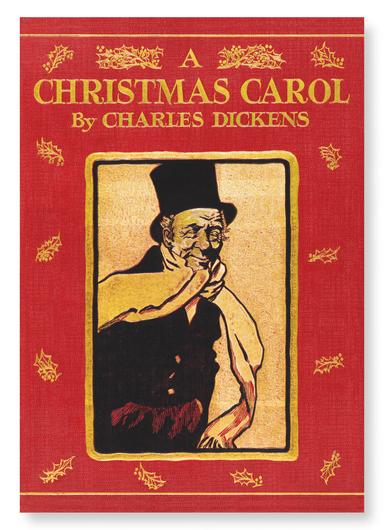Art Print

LAUGHTER AND GOOD HUMOUR (1843): Victorian Art Print
Login to view pricing
Text on the tag: {{Trivia} Conservation acid-free board included Delivered packed ready for retail Luxury pearlescent eco-certified paper ...
View full details



































